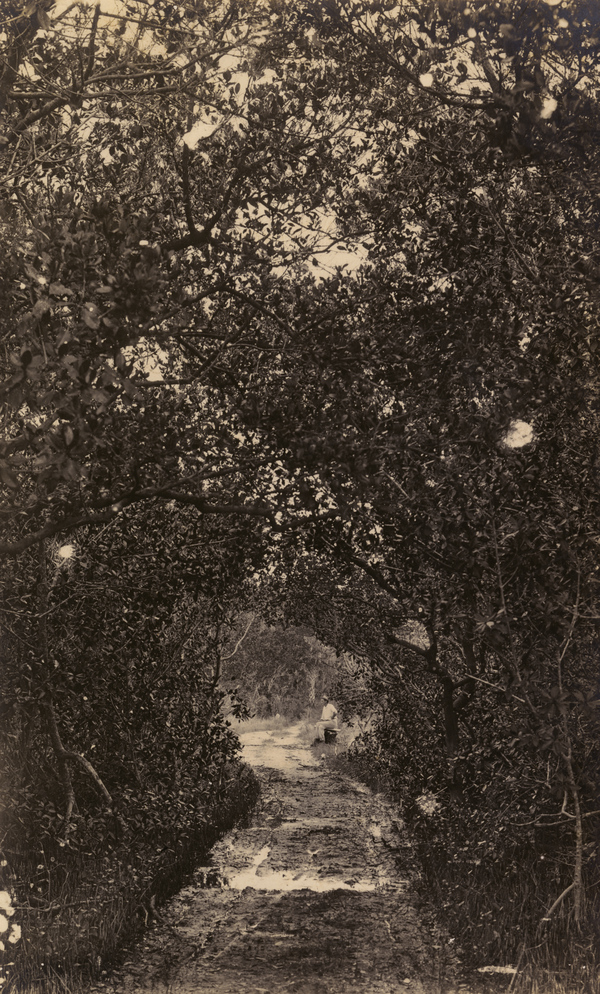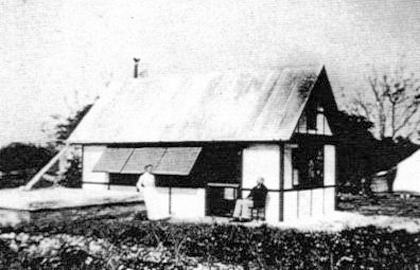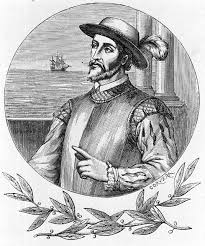For many years, Estero Island was home to Calusa Indians, Cuban Fishermen, Spanish Missionaries, and some say, pirates. It was not until the mid-1870s that the first family settled on Fort Myers Beach.
Sam Ellis, his wife, and his son, George Underhill, settled at the end of Connecticut Street where the Mound House now sits. Although Ellis and his family ended up moving to Sanibel where they homesteaded a track of land near Tarpon Bay, George’s son (also named George) returned to Fort Myers Beach where he raised his family.
The Homestead At of 1862 brought new settlers to the island. Intrigued by the idea of getting free land, the settlers came from all over the United States and Europe hoping to prove their claim by living on the land for five years, clearing it, farming it, and improving it.

Unfortunately, life on the island in those days was difficult, and many of these early settlers did not stay long enough to claim their land. Frank Johnson, however, managed to receive a patent including all of Mound Key issued in 1891. Three years later, Robert Gilbert received a patent on 171 acres starting near Bay Street and going to Bayland Ave. This area was located in the central part of the island and included the shell mound at the end of Connecticut where the Mound House now sits.
The second patent on the island was granted to James Bratt in 1895. Prior to 1895, the area presently known as Bowditch Point was called the government lighthouse reservation. Bratt was a doctor from New York who was one of the few settlers who decided to set up his homestead at the south end of the island where he attempted to farm 150 acres at Bowditch Point.

Bratt wanted to grow tomatoes on his land, and he had a successful first harvest. However, in mid-February 1895, a cold wave blew into south Florida with temperatures of 38 degrees recorded, damaging much of Bratt’s tomato crop. Bratt did not give up and continued to farm until 1899 when another deep freeze hit the area, killing all Bratt’s crop of tomatoes. After this loss, Bratt gave up on farming and focused on placing a lighthouse at the tip of Bowditch Point. Unfortunately, Bratt died in 1899 before he could get permission from the government to construct the lighthouse. His 150 acres was then granted to Ambrose McGregor.
Hugh McPhie homesteaded 112 acres running from Flamingo Street to Fairview Isles in 1899. McPhie’s old homestead was built in a coconut grove just south of what is now the Outrigger Hotel. The house was destroyed by a storm in 1947.
Six years went by before George McAuley received a patent on 72 acres which began near Tropical Shores and ran to Donora Street. The next year, 1907, McPhie created McPhie Park which ran from Aberdeen Street to Avenida Pescadora and to the end of Seminole Way.
In 1914, Albert Austin homesteaded a triangular piece of land starting at Aberdeen Street and going north to Williams Drive. This was a little over 24 acres.

The last of the homesteaders was Leroy Lemoreaux who was a member of the Koreshan Unity. He came to Estero when he was fourteen years old in 1894. In 1918 Lemoreaux homesteaded 65 acres between the two tracks owned by McPhie. This is the property where the Church of the Ascension is now located. Lemoreaux sold the property to the church.
In A Short History of Fort Myers Beach, Barrett and Adelaide Brown report that during the boom of the 1920s, McPhie was offered half a million dollars for his property. He turned down the offer; however, eventually he subdivided his property into McPhie Park and sold about forty lots in the park, earning about $40,000.


